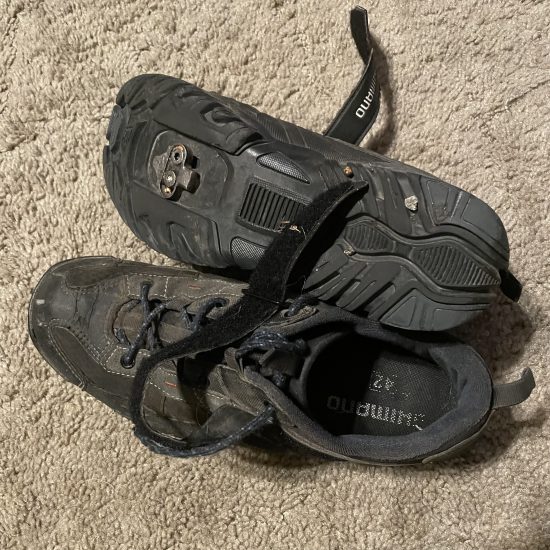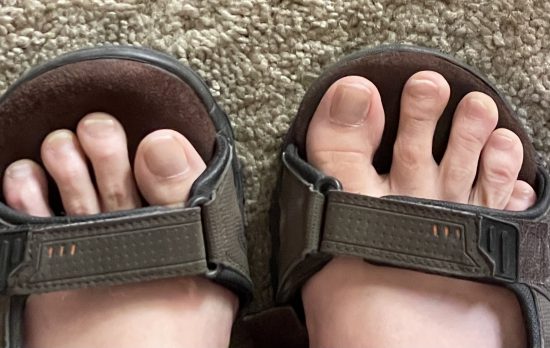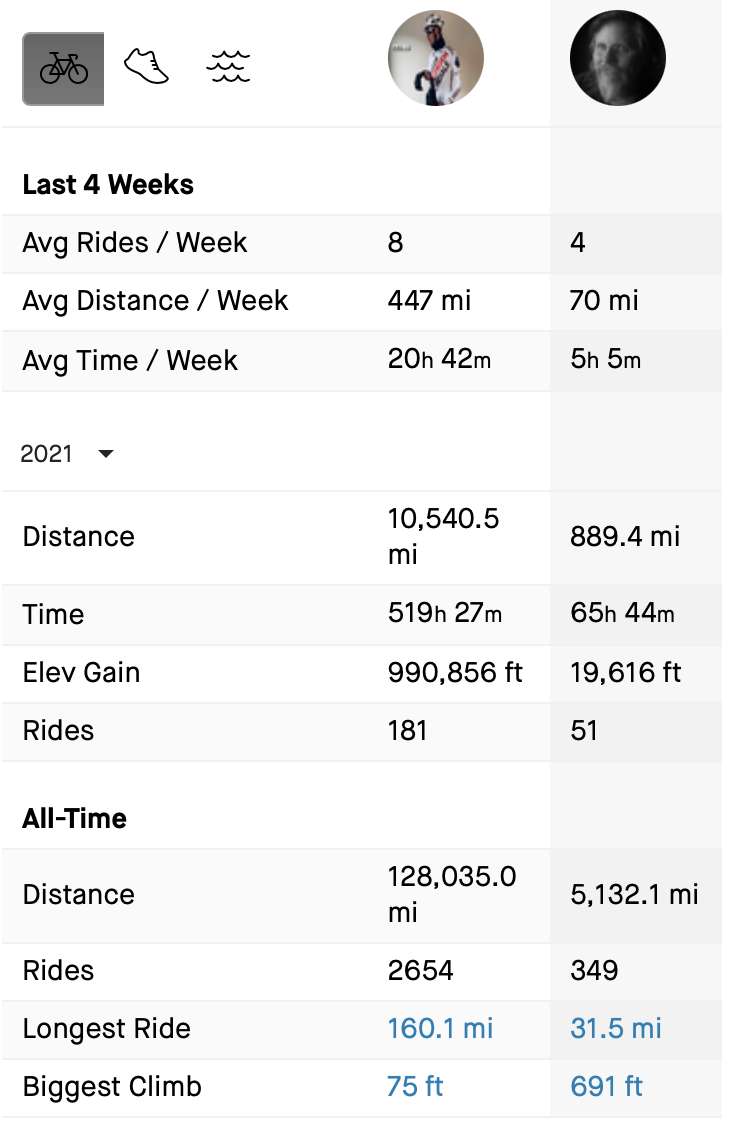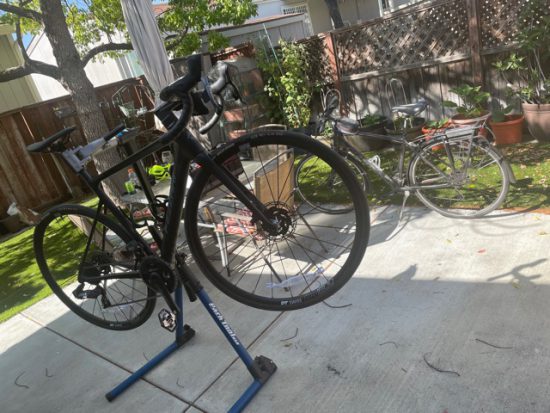A while back I published the episode that was meant to be a preview for this one.To save you the trouble of remembering anything or reading any more than you have to, here’s a brief synopsis:
My feet are different sizes, very wide, and have really long toes and very high arches.
For everyday life, I can just get soft shoes from companies with a skateboard heritage (they run wide) and accept that I will blow them open sooner or later. When I was a kid, my sneakers would always fail around the balls of my feet, leaving my socks in the wind.
But on the bike, the shoes were becoming a real limiting factor. As my rides approached forty miles, my feet approached rebellion. Bike shoes are very rigid, and if your foot isn’t in the right place in the shoe, then your foot is also not properly positioned over the pedal.
I started doing research. By “research” I mean I put “custom bike shoes” into Duck Duck Go and found my way to Rocket7. Once I found a place that could make my feet happy, I stopped searching. I didn’t seek out competitors, or anything like that.
I didn’t place an order right away; if you know me you know that there must be the requisite period of overthinking. After long rides I would go back to their site, and ponder: There is semi-custom, where they find the best match for each foot among their standard templates and tweak it, or for quite a bit more money, you can get full-custom. I wondered: my feet are a little extreme in many ways, but EEEEE width and long toes and high arches can’t be too uncommon, right?
Finally, after literally months of thinking myself in circles, I brought it up with the Official Sweetie of Muddled Ramblings and Half-Baked Ideas and she asked, “This is for your health, right? Then it’s worth it.”
She is smart, and understands what is important. And so I sent in a deposit for Full-Custom shoes.
Instantly, knowing that someday I would own shoes that fit, my current bike shoes seemed more uncomfortable than ever. I’ve done a few thousand miles in these Shimanos, and they were always a discomfort to be endured (the left foot angry after too many hours pedaling in a day; my right little toe very angry after too many hours pedaling in a month).
Relief was not swift in coming. It is a complicated process, getting shoes tailored to your feet, when the tailor is in a different time zone. But while it was not a swift process, honestly it was kind of fun; and the discrete stages of the process served to increase giddy anticipation.
So the process goes like this: They send a bunch of stuff to make molds of my feet. We make the molds and send them back. The good people at Rocket7 then create casts of my feet from the molds, and build shoes for those casts.
First, the kit arrived:
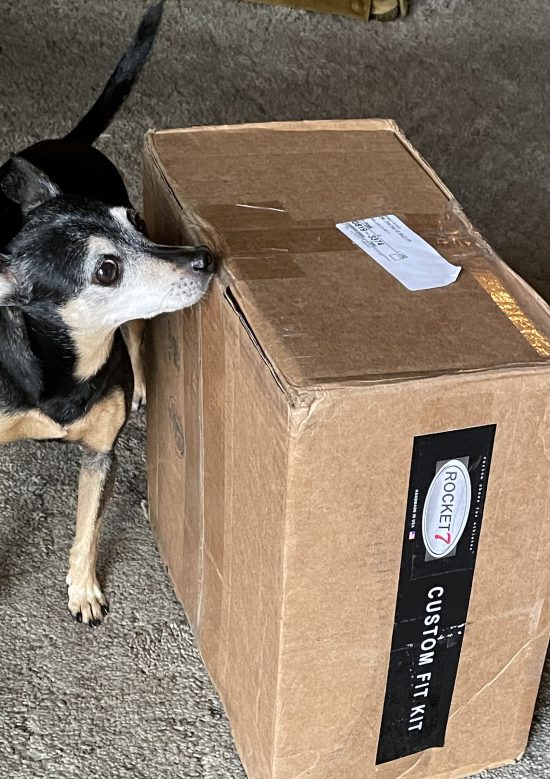
The kit included a carefully sculpted platform to put the feet in the correct position, some other measuring tools, and three of these crazy plaster-infused socks that you use to create the mold. Included are special scissors and other odds and ends necessary to make things work.
The first hitch: In our communications, I had not mentioned the size of my feet. One is small, the other is smaller. The magic socks in my kit were extra-large. (I suspect that most clients are actual athletes and those people tend to run big.) So then the wait began for smaller socks, and welcome to supply chain. The wait dragged on.
Finally the smaller socks arrived and it was time to do the magic. But of course to make sure you do things right, an expert at the company needs to be on video the whole time. Bad foot molds mean shoes that don’t fit and anger enough to go around. Setting up that appointment proved to be a challenge as well, as first our modern plague and then ventilation failures at the shoe factory (lots of solvents when working with carbon fiber) made things tough for them.
This is a small company, and I like those. One of the reasons I like them is that when, as was the case here, I had a question, I got an answer. (This is not automatic for small businesses, I’ve met more than one who try to ghost you when things are rough, but Rocket7 is all that’s good in a cottage industry.) When I asked a question, I got an answer.
Finally the day came to meet KC (the boss of all this stuff) and cast my feet.
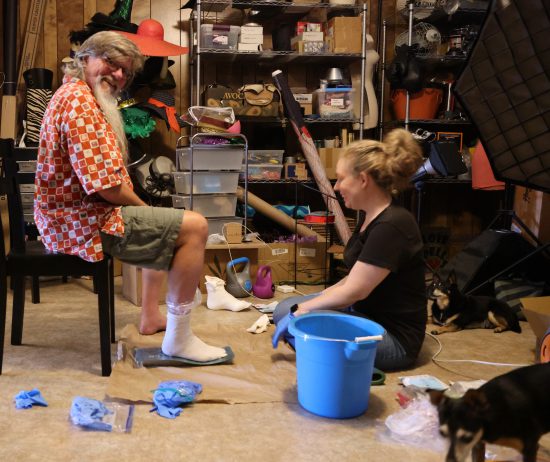
What I unfortunately staged badly for this photo was that KC (who, by the way, holds a few speed skating world records), is on a laptop directly behind me. It was a fun afternoon! All the time he reminded me, “keep your knee out over your foot” and in the following weeks I was like “oh fuck what if I didn’t keep my knee out over my foot? My shoes will suck and it’s my fault!”
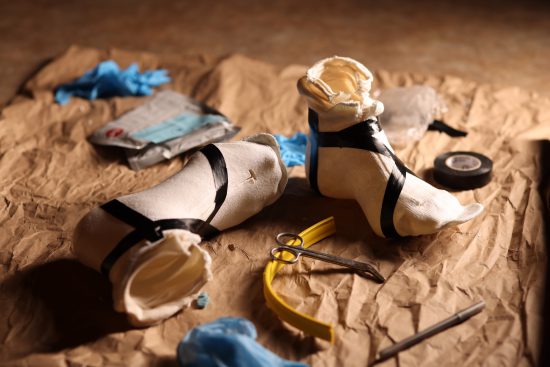
I was glad for the third sock. We started with my left foot, then did the right, but after KC had gone on to deal with other stuff I was worried that I’d curled up my toes on the left mold. They’re always curled up in shoes so I wanted a mulligan there, to give them the space they deserved. Also, we hadn’t really paid enough attention to my arch on that first go. So we used the spare sock to get a new left foot.
We sent them back, and there was another wait. More supply chain issues, Olympic training, the usual stuff.
And then:

Behold the magnificence! Gasp in awe at the way the toe boxes bulge on the sides! Honestly these seem kind of like cartoon shoes, stumpy and wide and bulbous and perfect. But they are the first shoes in my adult life (using a traditional definition of “adult” based on the calendar) that actually fit. For forty years and more my left foot has been in a much-too-big shoe, and my toes have always been crushed.
My feet are no longer a limit to my endurance. There are many other limits, but those are my problem to solve.
Now I want all my shoes to be like this. I want all my shoes to fit. There’s an outfit up in San Francisco that will make custom hiking boots, using a similar process.
But there’s already a set of casts of my feet, proven to be good. An iPad with LIDAR could model that, and any custom shoe maker in the world could print my feet and make the shoes. (Of course, I would be able to decide where my foot models went.)
Before I veer too directly into “Get Poor Quick”, I’ll come back to this: I love my new shoes. I’ve got a few hundred miles on them now, and every one of those miles has been with happy feet.


